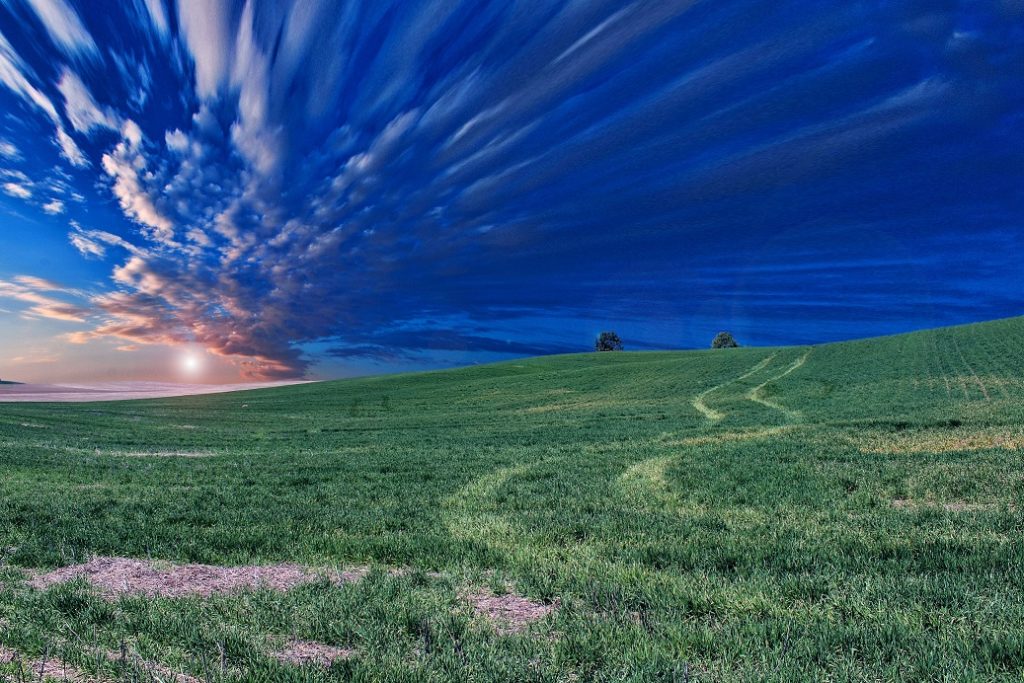Mother Earth offers many wonders that people just love to immortalize in picture forms. However, people who enjoy taking landscape photos know how it feels to come home feeling disappointed as the pictures they took during their travel are not as good as they had hoped.
Are there such things as the perfect camera settings to master for landscape photography? Let’s find out!

Best Camera Settings for Landscape Photography
When you ask around, you’ll see that the recommended camera settings for landscape photography are as follow:
Aperture
Generally, you don’t want an open-wide aperture for landscape as you want to capture both the foreground and the background. Keep the aperture between f/8 – f/11, to get the sharpest picture as possible.
ISO
ISO 100 is the preferred value to avoid noise in the picture. This is more of a guideline than a hard rule since you may need to up the ISO a bit when shooting under less-than-ideal lighting conditions. So when you take pictures at dawn or dusk, feel free to raise the sensitivity. Modern cameras are excellent in reducing noise at high ISO anyway.
If you are still wary about taking pictures at high ISO, just be sure to shoot in RAW. That way you can have the freedom to tinker with the photographs in post-processing.
Focus Mode
Some photographers prefer aperture-mode when taking landscape pictures and leave the rest of the settings to the camera. But if you prefer total control, the manual mode is, of course, preferable.
Knowing that a lens depth of field extends further back from the point of focus rather than the front, you should set the lens focal point to focus at the bottom one-third of your frame. Your entire photo will look sharp if you use this method.
White Balance
Leaving the white balance to auto works well most of the time. Modern cameras can guess which lighting preset is the best for which occasion. But you should be ready to play with this setting when the sky casts strong colors such as during sunrise or when it’s cloudy and the lack of light makes the camera guess wrong.
Go Beyond
All things said, to take good landscape photography you need to go beyond gears and settings. You need to think of yourself as a storyteller. What kind of story do you wish to tell your audience?
Let’s say you go out at the break of dawn and you see a group of farmers working hard with beautiful paddy fields as the backdrop. How would you frame the scene to capture the essence?
One way is to use a wide-angle to get close to the farmers without physically doing so and risk disrupting their work. Stop and watch them for a while so you’ll know which details should you put in frame and which ones should you left out.
Also, make sure to look for the details – the little things people usually miss when they simply pass by. Sometimes, the little things tell big stories.
Not sure which details you should aim for? Just take multiple shots from varying angles, switch between landscape and portrait orientation, zoom in, zoom out, and just vary your shots. Back at home, you can select which pictures tell the best story of all.
